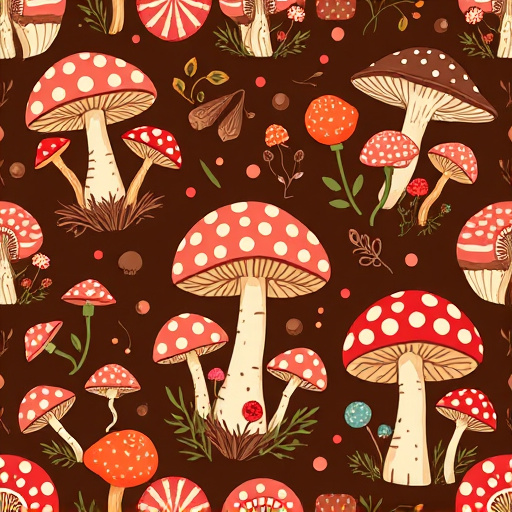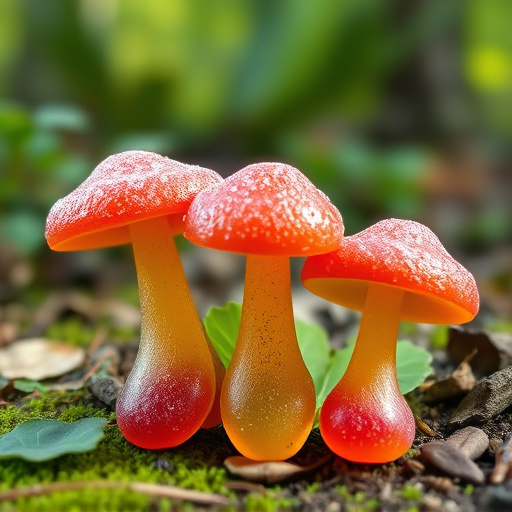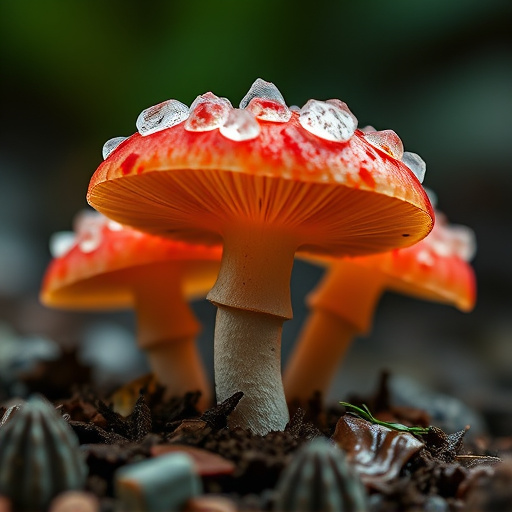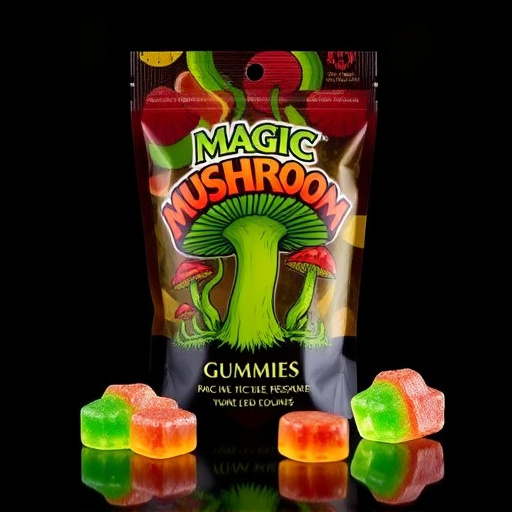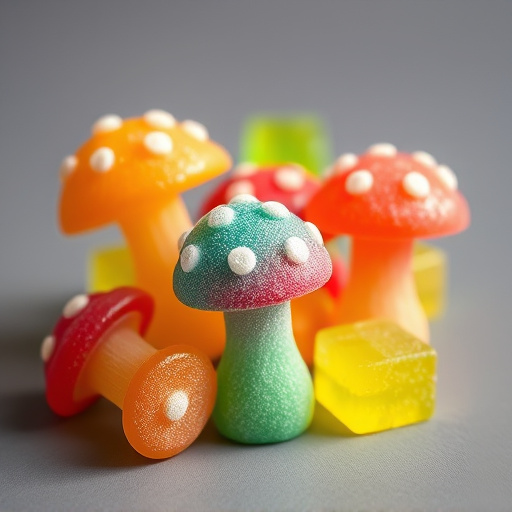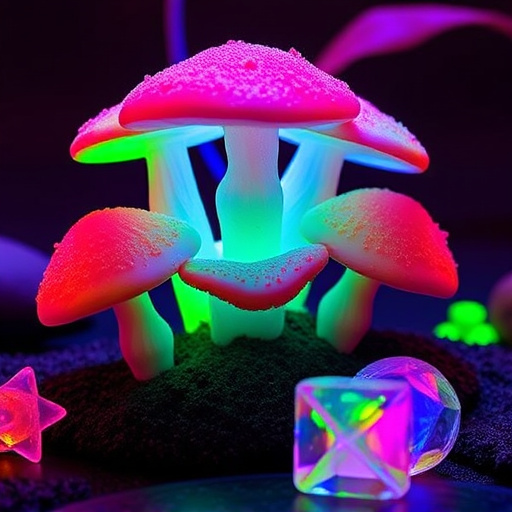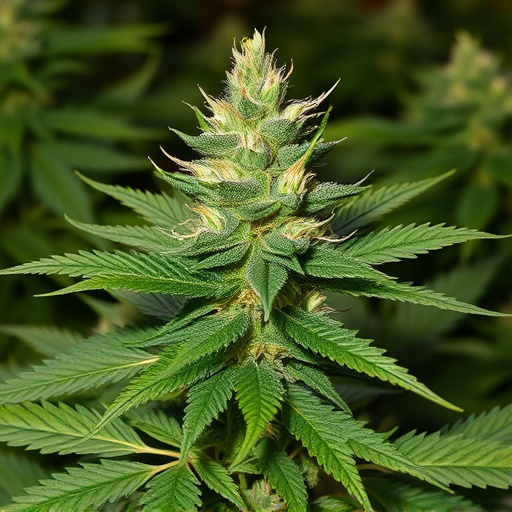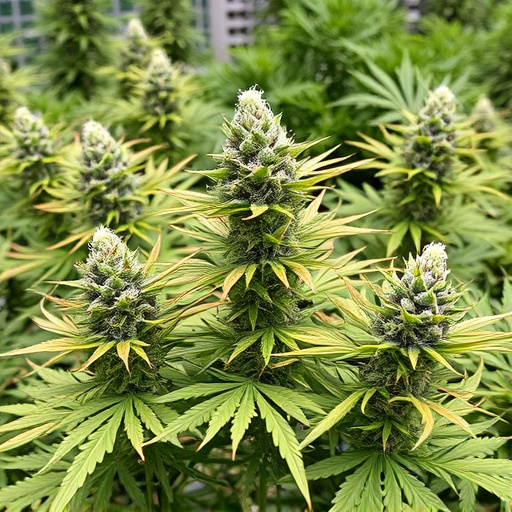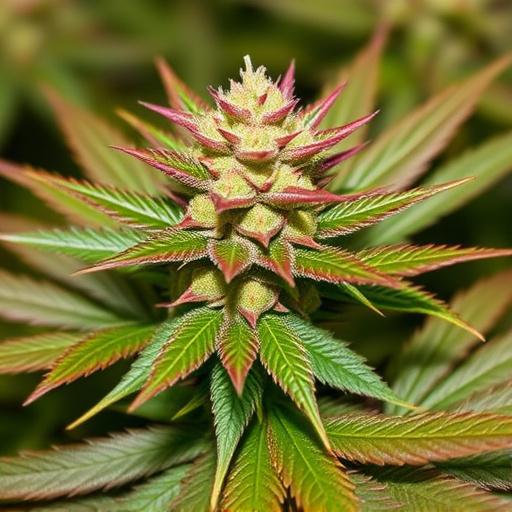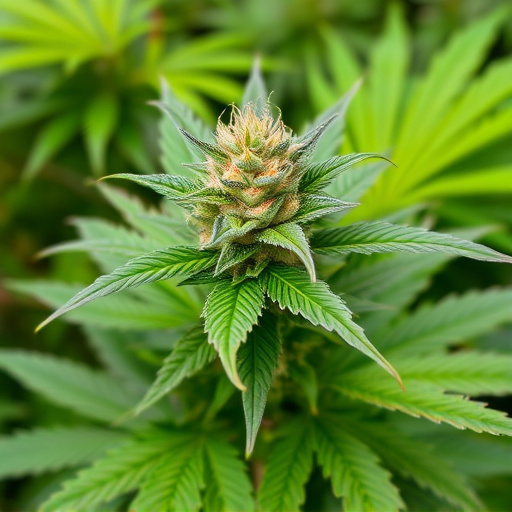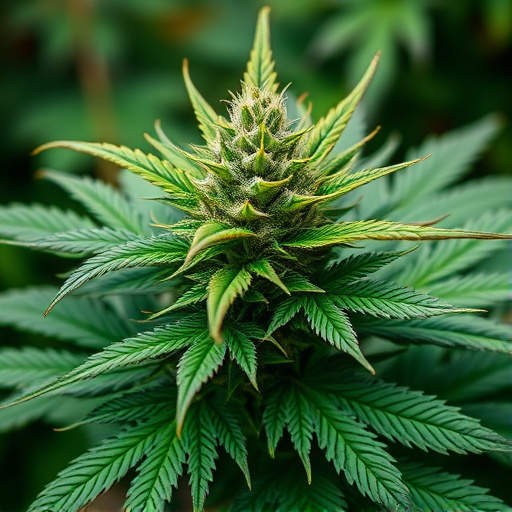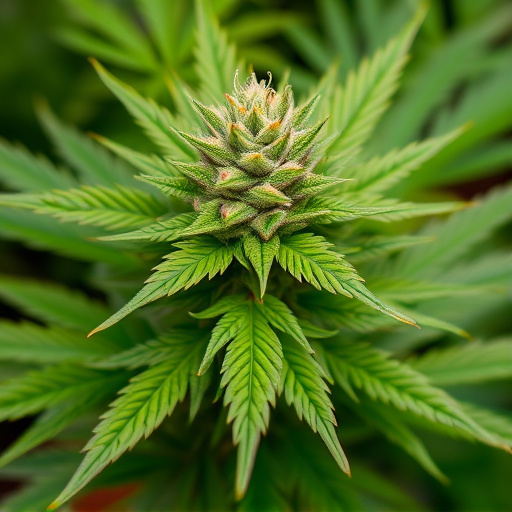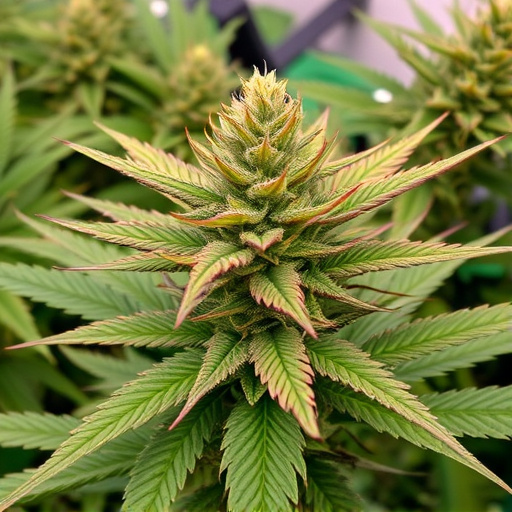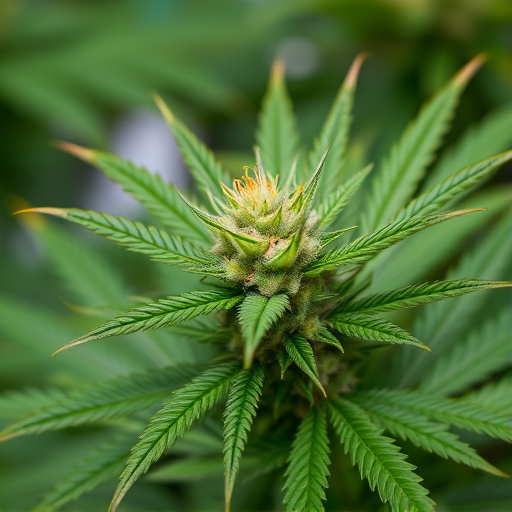Hawaiian cannabis strains are shaped by their environment, with indoor and outdoor cultivation methods offering distinct benefits. Indoor growing provides a controlled setting using advanced technology for consistent quality and year-round production, ideal for precise strain management. Outdoor cultivation leverages natural sunlight and microclimates, resulting in unique terpene profiles and robust flavors but facing challenges like pest control and weather. Both methods cater to different preferences, with outdoor strains typically thriving in Hawaiian's tropical conditions, emphasizing the impact of environment on hawaiian cannabis strains' unique attributes.
Uncover the enchanting differences between indoor and outdoor-grown cannabis flowers in this comprehensive guide. From the lush tropical settings of Hawaii to controlled indoor environments, the growth conditions significantly shape the final product. We explore how light, temperature, and humidity influence plant development, leading to distinct visual characteristics, aromas, and flavors. This article delves into the unique properties of Hawaiian cannabis strains, highlighting the impact of outdoor tropical bliss versus indoor cultivation, providing an insightful look for enthusiasts seeking the perfect bud experience.
- Environment and Growth Conditions
- – Comparison of indoor vs outdoor growing environments
- – Factors influencing plant development (light, temperature, humidity)
Environment and Growth Conditions
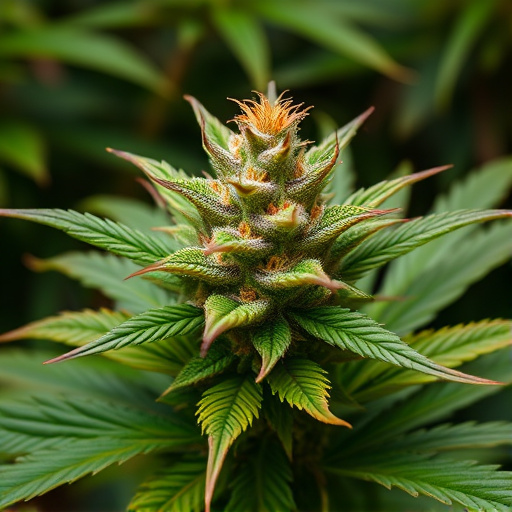
The environment in which cannabis plants are grown plays a significant role in shaping their final characteristics, particularly for unique Hawaiian cannabis strains known for their distinct flavors and aromas. Indoor cultivation involves controlled settings, allowing growers to meticulously manage factors like temperature, humidity, light intensity, and duration. This method is ideal for specific strain requirements and enabling year-round production. On the other hand, outdoor growth leverages natural sunlight, offering a more organic approach. Outdoor cannabis plants often experience varying weather conditions, including rain, wind, and direct sun exposure, contributing to a diverse range of terpene profiles. The choice between indoor and outdoor cultivation depends on the desired strain attributes and local regulations.
Hawaiian cannabis strains, with their tropical influences, may thrive in outdoor environments, absorbing the region’s vibrant sunlight and unique microclimates. This setting can enhance the plants’ natural essential oil production, resulting in rich terpene profiles that transport growers to the islands. In contrast, indoor cultivation allows for the careful replication of specific environmental conditions, ensuring consistency in strain characteristics, especially for hybrid varieties aiming to combine the best of both indoor and outdoor growth.
– Comparison of indoor vs outdoor growing environments
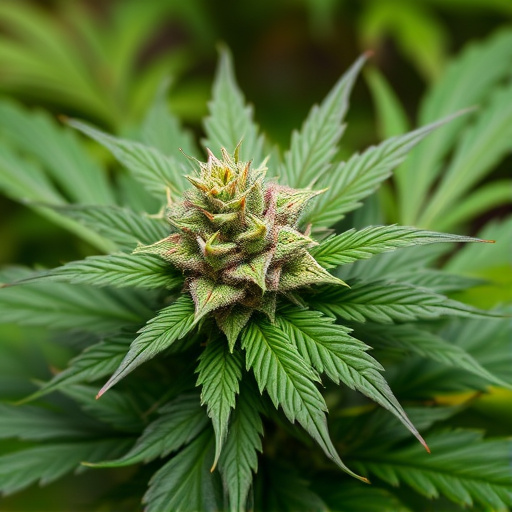
When comparing indoor and outdoor cannabis cultivation, a stark contrast lies in the growing environments. Indoor cannabis farming involves controlled settings within a dedicated structure, allowing for precise climate manipulation using advanced technology. Growers can optimize light spectrum, temperature, humidity, and air circulation to create an ideal growth condition year-round. This method is particularly appealing for Hawaiian cannabis strains, where indoor cultivation enables consistent quality and yield despite varying outdoor climates.
In contrast, outdoor cannabis growing relies on natural sunlight, weather patterns, and seasonal changes. Plants are exposed to dynamic environmental factors like temperature fluctuations, rainfall, and UV radiation. Outdoor cultivation offers a more organic experience but presents challenges such as pest control, disease prevention, and unpredictable climate conditions. Despite these differences, both methods have their merits, with indoor cannabis flowers often known for their potent traits and outdoor strains contributing unique terpene profiles and robust flavors, including those found in Hawaiian cannabis varieties.
– Factors influencing plant development (light, temperature, humidity)
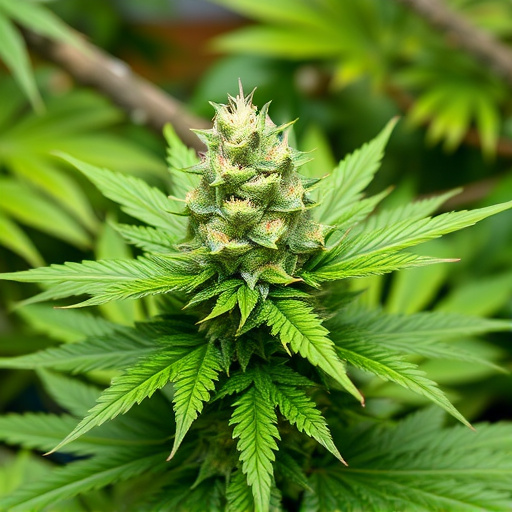
The development and final characteristics of cannabis flowers, or buds, are significantly shaped by their growth environment, particularly light, temperature, and humidity levels. In indoor cultivation, growers meticulously control these factors to create an ideal microclimate for their Hawaiian cannabis strains. Artificial lighting, including LED or HID lamps, mimic the natural sunlight spectrum, ensuring plants receive the right balance of red and blue light for robust growth and potent flower production. Temperature regulation through heating and cooling systems maintains a consistent, optimal range, crucial for preventing stress that can negatively impact yield and quality. Humidity levels are closely monitored using dehumidifiers or humidifiers to maintain the ideal moisture content, which affects both bud density and terpene profiles.
In contrast, outdoor cannabis cultivation allows plants to interact naturally with light, temperature, and humidity variations. Exposure to sunlight provides a broader range of photoperiods, influencing the plant’s growth pace and cannabinoid production. Outdoor environments offer a dynamic temperature spectrum, promoting robust, healthy growth. Humidity levels can fluctuate based on weather conditions, which may lead to more varied terpene expressions in the final product, as plants adapt to their surroundings. Understanding these factors is key to appreciating the distinct attributes of indoor and outdoor Hawaiian cannabis strains.
In conclusion, whether cultivating Hawaiian cannabis strains indoors or outdoors significantly impacts final flower quality. Both methods offer unique advantages and challenges. Indoor growing provides control over light, temperature, and humidity, allowing for precise cultivation and consistent results, especially beneficial for specific strain requirements. Outdoor environments, on the other hand, offer natural sunlight and fresh air, fostering robust plant development and often resulting in larger yields with distinct terpene profiles that Hawaiian cannabis strains are renowned for. Understanding these differences empowers cultivators to make informed decisions based on their resources and desired outcomes.
